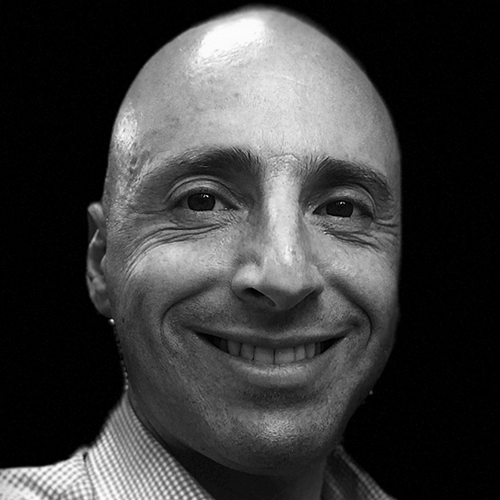
Mousa Shamonki, M.D.
Physician Partner, Fertility and Surgical Associates of California
Reproductive medicine has gone through several amazing advancements over the last 10 years. We are now able to grow embryos in the lab with greater efficiency, genetically test those embryos and transfer just one back into the uterus, resulting in much higher singleton pregnancy and live birth rates. With newer, more effective freezing techniques, we can preserve eggs and embryos for couples needing to defer childbearing for medical and nonmedical reasons. But what is most exciting is how we are able to utilize these techniques to help any person have a baby, not only an infertile heterosexual couple. Specifically, these advances have led to dramatic improvements in how we help and treat the LGBTQ+ community.
Options for all
In the field of reproductive medicine, we believe that every person has the right to have a child regardless of sexual orientation or identity, and the following are examples of how we use reproductive techniques to help individuals achieve their reproductive goals. If a single man or a male couple desires to have children, we are able to readily use their sperm to fertilize donated eggs, create embryos, then place an embryo into the uterus of a surrogate who will carry and deliver that baby. A single woman or women in a same-sex relationship can use donated sperm to conceive. But what if a woman wants her partner to carry the baby created by her egg? We can do that too by creating embryos using one partner’s eggs and donated sperm, then replacing the embryo into the other partner’s uterus. Finally, if a person is transitioning from male to female, or vice versa, they can freeze their sperm or eggs in advance of potentially sterilizing treatment sometimes required for completing the transition, thereby retaining the option to reproduce with genetically-related offspring.
Advancing access
As a fertility doctor, nothing makes me and my colleagues happier than the ability to help any individual seeking our assistance. While we now have the ability to help the LGBTQ community through the pathways described above, the field of reproductive medicine still has a long way to go with respect to making treatments accessible to all. While I have no doubt that scientific advancements will be made in the coming years making assisted reproduction even more efficient, my hope is that the next decade brings increasing accessibility for ALL patients to meet their family planning goals.

